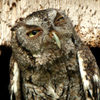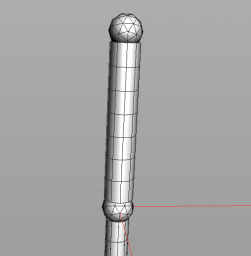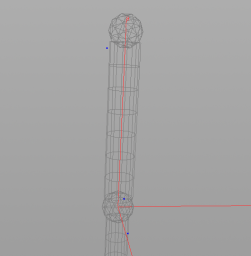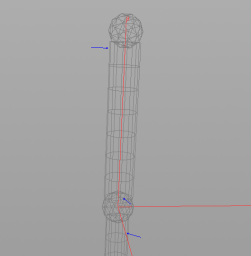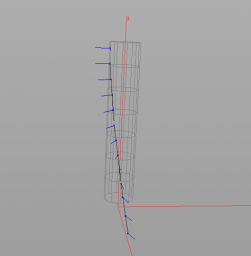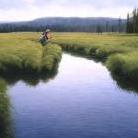Search the Community
Showing results for tags 'muscles'.
-
Just testing Houdini muscles speed with mid settings Muscle pass 30 min (20 coll pass,1000 const inter) muscl remesh (min 0.007 - max 0.013) Tissue pass 3 hs ( 600 const inter,max tet size 0.039) Skin pass 30 min (300 const iter,3 substeps) sin remesh min (0.006-masx 0.01) Karma Xpu render 250 frames - 3hs Rig:5950x 64gb 4090
-
Hi! I've been very impressed by Weta's "Digital Tissues" ( http://www.fxguide.com/fxguidetv/fxguidetv-166-weta-digitals-tissue-system/ ) so decides to try to create simplified muscle rig. The target: 1. Muscles can be created procedurally. 2. Muscles can be created manually (sculpted) but placed procedurally. 3. Muscles not intersected with bones or another muscle layer. 4. Muscles can move by active or passive way (joint bended by muscle itself or by another force). 5. Muscle can be affected by gravity, acceleration, in-between muscle layer or skin. So, this is the first, very simple iteration: How this works for now? (simplifier version): We have a shulder and sub-shoulder: Place the main points of muscle and tendon attachment: Generate the points normals, perpendicular to surfaces: Project points to surfaces: Left muscle points only: Generate the spline from one muscle point to another on bone surface: Sure, we can do the same including the tendon' attachment: Now generate the muscle based on this spline and given muscle profile: The parameters of muscle: The form of muscle is based on "form" curve. The form changes with muscle contraction is controlled by "width scale" and "height scale" curves. They depend from joint angle. So, to be continued! Any questions or suggestions is welcome!
- 21 replies
-
- 1
-

-
- muscles
- procedural
-
(and 1 more)
Tagged with:
-
Hi Guys, my very first try on Houdini Rigging and Muscles, is it possible to make a muscle with one loose end? I need a rig dynamic udder. (cow) The other thing I experiencing is when I ad a "Muscle Displace" and connect muscles it strongly deform my skin.. Why?? Thanks.
- 1 reply
-
- muscle rigging
- rigging
-
(and 2 more)
Tagged with:
-
Hi What is the best approach to use muscles system on existing animated geo from other application? I have animation, I have muscles baked out, I have skeleton or even bones if needed. My question is if i need to recreate whole rig in Houdini for a quadruped character just to be able to pin the muscles to the animated one and then following the mesh ? What is the best approach to use existing animations let's say in alembic and use some of the to drive muscles then using FEM or tissue system on top of it ? greetings djwitkac

